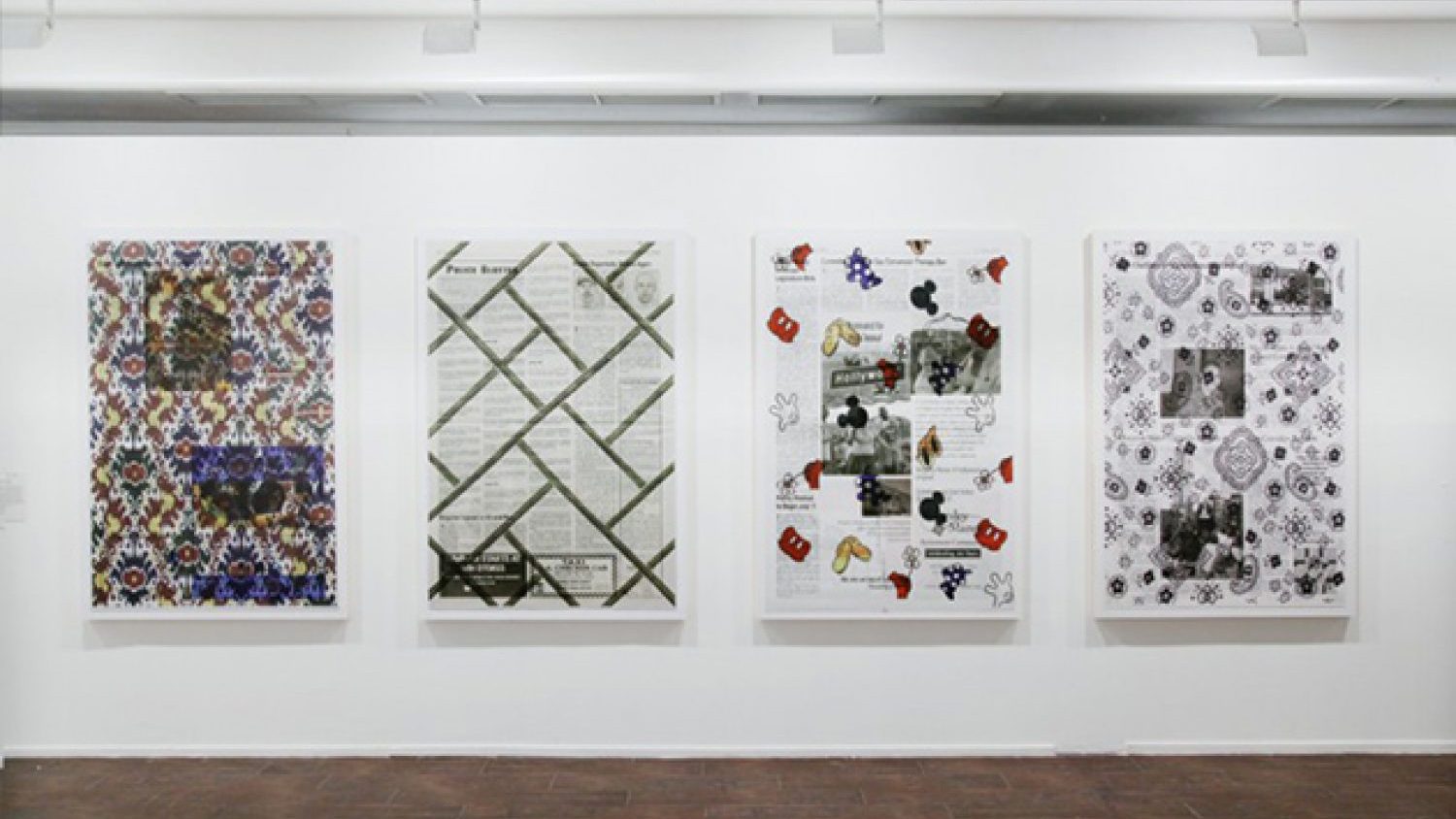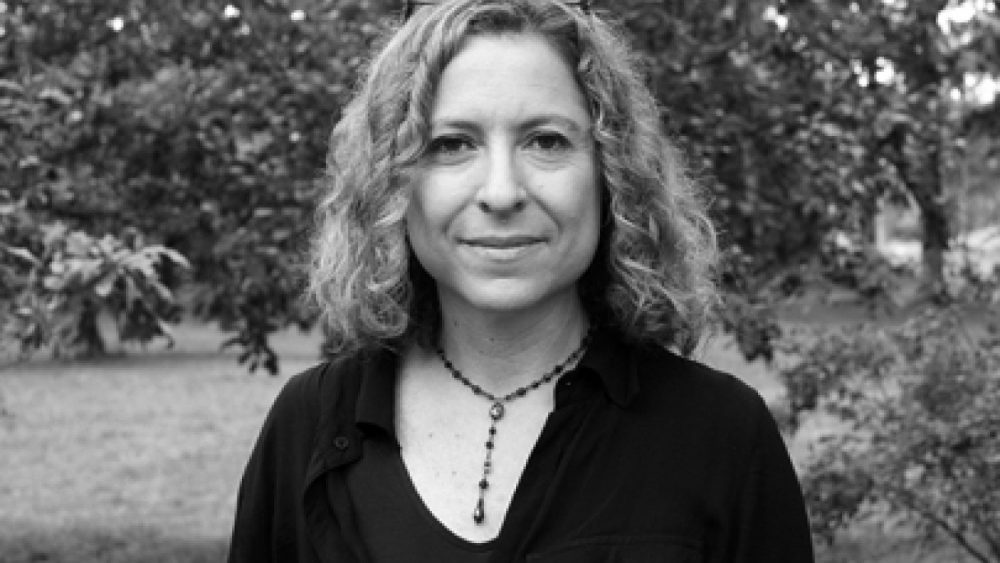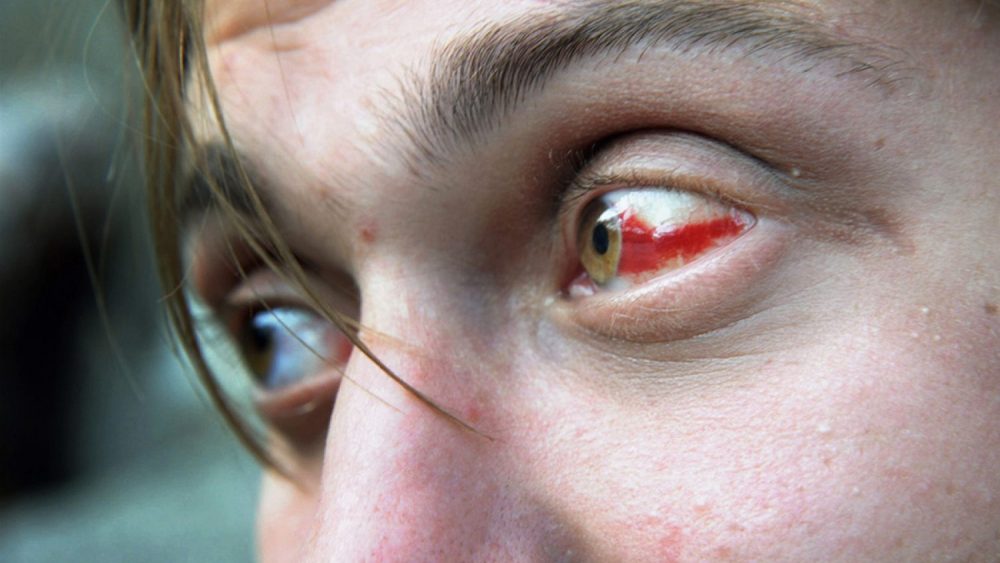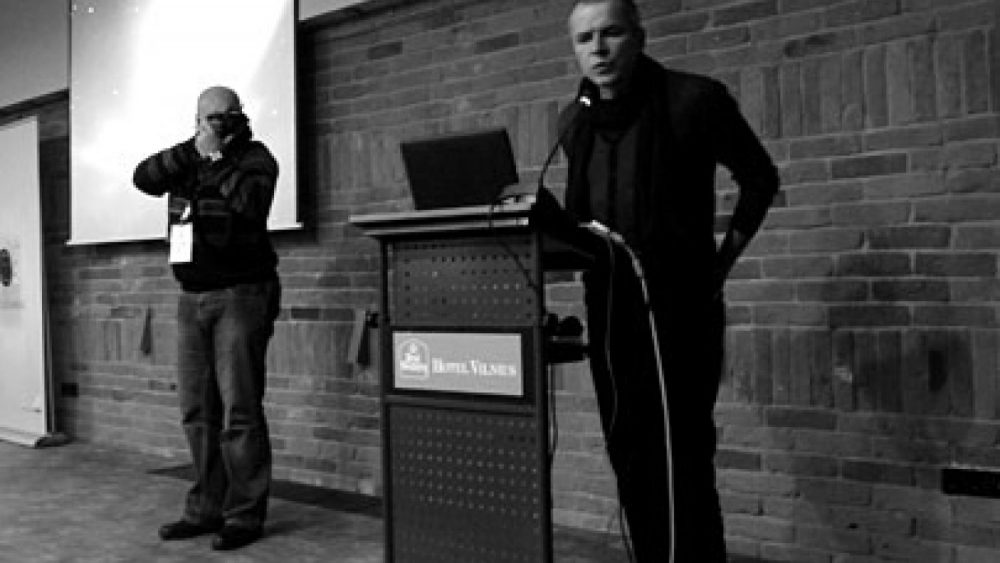Interview with Asha Schechter
Asha Schechter (1979) is a photographer and teacher from the USA, Los Angeles. He has a professional career as a photo researcher for The New Yorker and photo editor for Jane Magazine. His versatile body of work is an on-going investigation of the photographic medium and experimental approaches in photography. He is trying to combine different styles and techniques, expanding the boundaries of photography with collage, video, animation, and especially 3D models.
In April Schechter visited Latvia in the framework of the Riga Photography Biennial and was one of the participants in a multi-disciplinary symposium at the co-working space The Mill. During a joint talk with the London based artist Kate Cooper, Schechter told about his works and interest in advertising and aesthetics of corporate environment.
What kind of connections do you want to create among pictures, colours, three-dimensional elements and space?
I’m using 3D models and commercial images in my work and I’m also using a lot of commercial printing techniques. To some extent, I’m trying to create these images using the same language as advertising. I want to see what happens when you reuse that kind of images and change the context because advertising is all about creating desire. It’s what I did in my project with water bottles. From a distance it looks like a water ad, but from a close-up it becomes obvious that the bottles are floating in different landscapes. I’m using that language to make you think about advertising and commercial images.
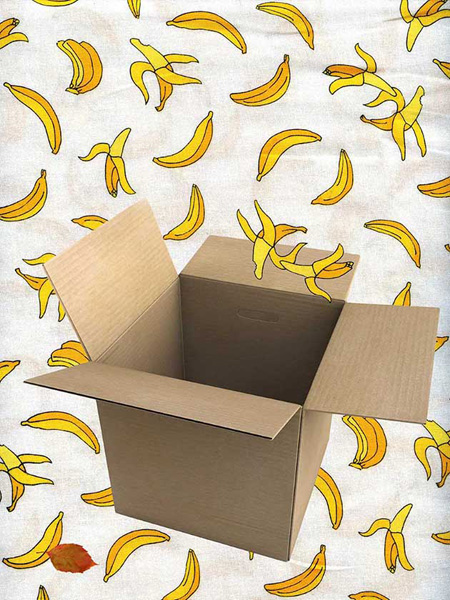
Why did you start to use 3D objects?
The main reason why I started to use 3D models was to think about different kinds of images. Images made with 3D objects don’t suggest that there is a direct connection to reality. The 3D models are always a representation of reality that makes no real reference to the actual world. But a photograph suggests that somebody was there, somebody had the camera, and somebody looked at the real object even if it’s translated to a photograph.
Your latest works are directly connected with a digital media company Turbosquid that sells stock 3D models. Could you explain your choice and the whole working process?
Turbosquid is a website where a lot of my works come from. It’s a place where people can upload their 3D models, then Turbosquid sells these models and the authors get paid part of the money. When it comes to 3D models, to me it’s more about who made this 3D model and why did they make this particular object and what is the thing in the world that they are thinking about. For example, why did someone make this soccer ball with legs and hands? What really were they hoping to accomplish, to whom they were hoping to sell this? Why did they make this thing and not something else? But in Turbosquid it’s not possible to contact the people who made the models. Everything there is anonymous. I was interested in interviewing the authors but Turbosquid said that this information couldn’t be published. But the good thing was that their usernames were shown so I was able to google them. And then I found some YouTube accounts and personal websites. That’s how I found a way to interview them.
What kind of answers did you get?
They had all different kinds of answers. One guy called Milos Jacubec from Slovakia started making Breitling watches. It was a luxury when he was a teenager and he wanted to have a watch like that one day. I was also curious about freelancing and the idea that you can use the internet to make money. I asked these people how much money they make and how they make a living. Milos Jacubec in Slovakia said that he can make some money but it’s not enough to support family and lead a normal life.

Your latest work is a video called Coffee Scene. It is mixed with scenes where Milos Jacubec from Slovakia is making a 3D model for a cup of coffee. How did you decide to make this work?
I shot this footage in Los Angeles at the barista championship. I commissioned Milos Jacubek to make a replica of cappuccino that won the barista championship. It was like making a new image, making a video to show different kinds of work that were related to each other. In some way it’s similar to Ted Talk about coffee and then in the meanwhile Milos is just making an image at his home. I started to be interested in relationships between these kinds of different ways of making coffee.
How did you decide which work to choose from Turbosquid, because all of them are really different and specific?
Often my decisions are based on extraordinary titles and curiosity about them. For example, the image with the soccer ball guy, which is called Character Cartoon Football. Then there is a wooden head with the question mark inside placed in a really weird category – desktop sculpture. I was curious about the functionality of this object. Besides, the name of the object was Artistic Sculpture of Thought. I thought it is a really poetic and weird name and I realized that I wanted this to be part of my work. It was interesting for me because they all looked like photographs but they were not. It is impossible to take a photograph like that.
When I looked for information about you, I noticed that the soccer ball guy appears a lot and he also was in your video interview. Could you call him your alter ego?
Yes. I like the soccer ball because it reminds me a lot of things, but it is none of these things. I would say that he is kind of generic. He has some Mickey Mouse features, he looks a bit like football advertisement. I used him once, I used him again and again and the more I used him, the more he became mine. I also made an animated interview where I chose him to represent me.
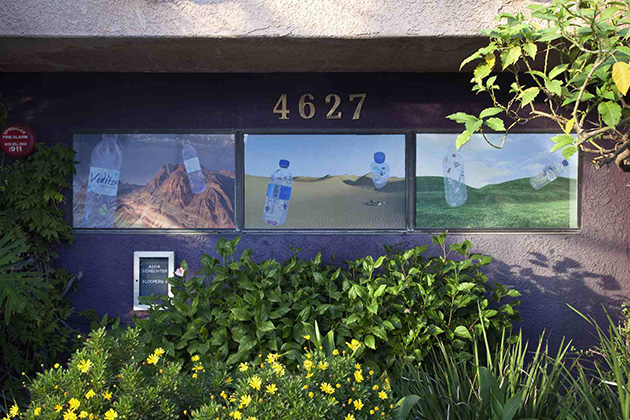
One of your previous video works where a drone is flying around the KFC building reminded me of some apocalyptic scene, as well as atmosphere from Kubrick’s movie Space Odyssey. Is there some connection with your thinking process?
That was a little bit of different thinking. Since I moved to Los Angeles, I always wondered about why that particular KFC looks like that. It’s a very strange building. It’s similar to postmodern architecture. I was always looking at it when I drove pass it and I thought it would be interesting to make a video with the drone because it has this circular architecture and all different kinds of materials. The weird thing is that I have watched the video many times because I made it but I still don’t feel like I could draw a building like that. I don’t really understand it as an image because it has a lot of weird angles. It’s not the same as drawing a house or drawing a rectangle but I was interested in trying to understand it and the way it looks like a 3D model to me. I was thinking about it in a relationship and that’s how you look at the 3D models online by circling them around.
I think a lot about how things will age. How something will look in five years and more. Shooting a video with a drone right now feels new and cool but in five years it will look outdated. It will look like this moment in time and in 20 years it will look even more so. I was interested in making a video with a new kind of imaging technology, sort of similar to using 3D models.
In your opinion, what is the perception of your works?
It depends on where the viewers encounter the work. When you encounter it on the window of a building, it looks like a piece of an office image of a giant soccer ball. In that situation you have a different relationships to it, because you don’t necessarily know what you are being told. But when you see the work in the gallery, you know that you must be looking at art. Those are two different kinds of engagements.

Why is it hard to find pictures with your portrait on the internet?
I was partially inspired by Chris Marker, who would send photos of cats to magazines that asked him for portraits. But I am also trying to resist the celebration of lifestyle that surrounds artists and their representation online.
How do you think visual media impact our perception?
Images determine how we think we should be. Images produce desire. But I think it changed a lot. Because I think that, at least in the United States, people are aware of what visual images are doing to us. We don’t believe in images like we used to.
